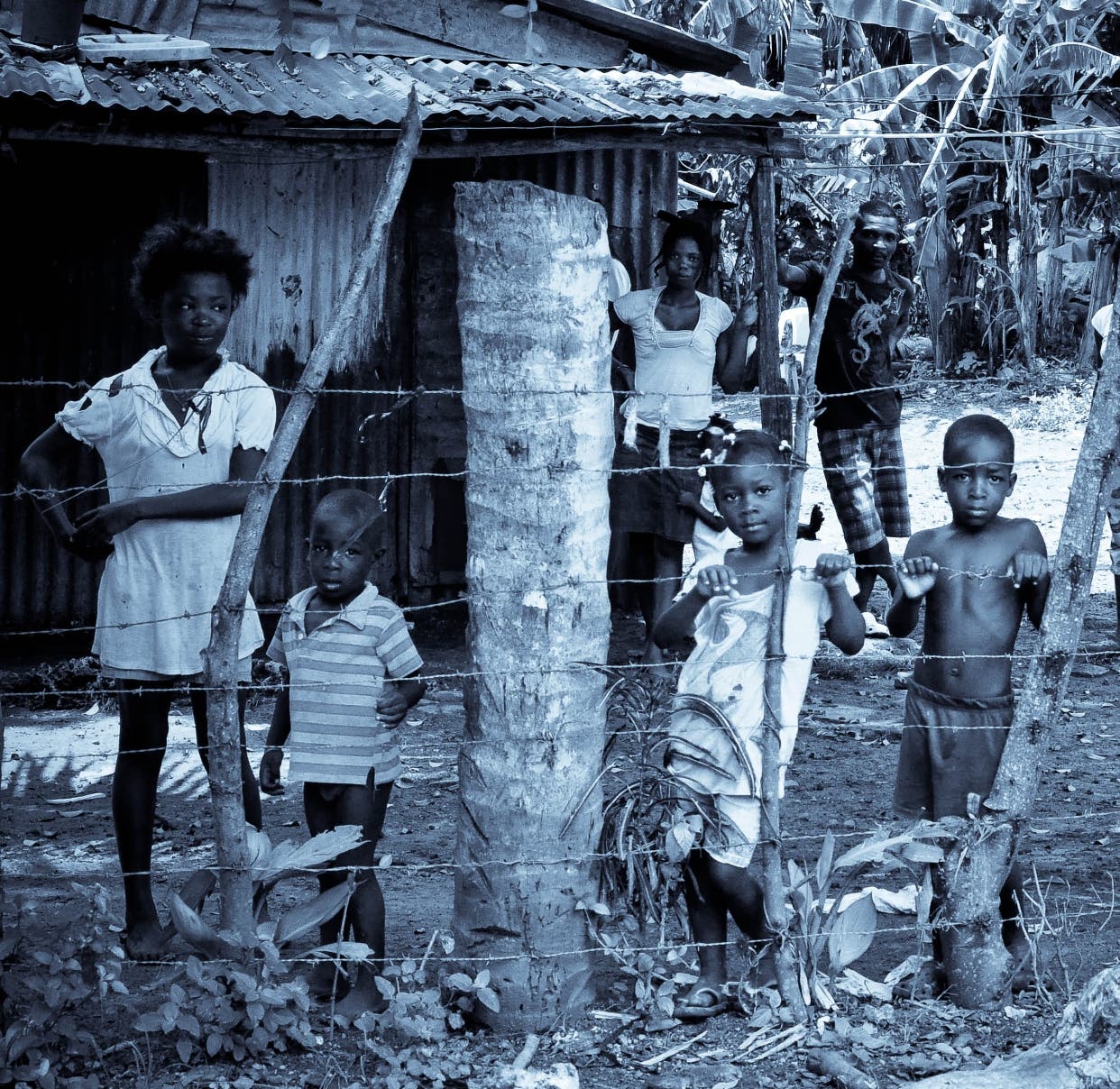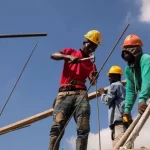Poverty, data analysis and challenges, high percentage of vulnerable income

Extreme poverty
Santo Domingo – In 2023 monetary poverty was 23% of the population, the lowest rate since 2016 and has been reduced by 4.7 p.p. with respect to 2022 when the rate was 27.7%. 23% of the Dominican population is in monetary poverty. That is, they do not have sufficient income to cover basic goods and services. The reduction was mainly rural and female.
Despite the significant reduction, the challenge remains enormous, not only because of the volume of the population living in monetary poverty, but also because of the high percentage of the population with vulnerable incomes, that is to say that in any eventuality they could fall into monetary poverty.
This reduction is achieved by using the new Methodology for Measuring Monetary Poverty 2022, among other improvements, this methodology updated the household consumption patterns and differentiates these patterns and their prices for each region of the country. It raised the national average poverty line for a 3-member household from about 18,000 to 22,000 pesos per month in 2022. This increased the country’s official monetary poverty figure by almost 6 p.p. from one methodology to the other and will be closer to the current reality of the population.
There are three essential factors for the reduction of monetary poverty this year: the control of inflation, the increase in employment, and the increase in labor income.
We all feel that prices are high; that is how it is. Those increases in the DR in 2021 (8.5%) and in 2022 (7.8%) do not go backward. When we talk about inflation control it means that the price increase in 2023 has been lower than previous years (3.6%) but this increase is accumulated to the previous ones. Therefore, although inflation is lower, thanks to the policies developed, we still feel that everything is costly.
The policies developed to control inflation have also caused GDP growth to be lower this year than its usual growth. Economic growth is not an end but a means to generate quality of life. That is why we have always stated that the important thing is not how much the GDP grows but whether or not this growth is transformed into well-being.
In 2023 there has been an increase in labor participation, that is, there are more people seeking employment, mainly women, 60,874 women went from not trying to participate in the labor market to doing so. In addition, of the 148,000 new jobs, they were the ones that were found the most (94,029). Unemployment rates hardly move because, although there are more jobs than in 2022, there are also more people looking. Employment informality continues to be a problem that needs to be addressed more actively.
Labor income explains 56% of the reduction in monetary poverty in 2023. In addition to more people in work, there has also been an improvement in labor income. This year the average nominal increase has been higher than the increase in inflation so that finally in 2023 there has been an increase in actual average per capita income of 11.7%. Let’s remember that, it is an average figure and indeed some of us have not noticed it, but this actual average increase has brought more households above the poverty line.
The historical debt of the country’s low wages remains a challenge, it is true. Between 2021 and 2024, 23 minimum wage increases have offset rising prices. After the fall in real average household income in 2020 and 2021 and the slight recovery in 2022, finally in 2023 it has managed to recover real average household income increasing by 11.7%.
Income inequality increased and in doing so reduced the effect of income growth. It is vital to address inequality as it enhances poverty reduction and is essential to improve democratic quality.
We have always argued that no indicator can capture all it means to live in poverty. The data presented are the official monetary poverty data, and the Intersectoral Technical Committee on Poverty is working this year to develop an official Multidimensional Poverty Index. This is essential since this other official measurement can incorporate and monitor new dimensions and rights, thus complementing the monetarist and conjunctural view of monetary poverty indexes.
In the meantime, other indicators calculated by MEPYD can be consulted in the SISDOM, where you will find the Living Conditions Index (ICV) or the Multidimensional Poverty Index of Latin America (IPM-AL), among others.
Monetary poverty data have improved, even so, they show us that it is urgent to accelerate public policies to reduce economic, social and power inequalities to address poverty structurally by generating jobs and quality public services that guarantee rights.

















